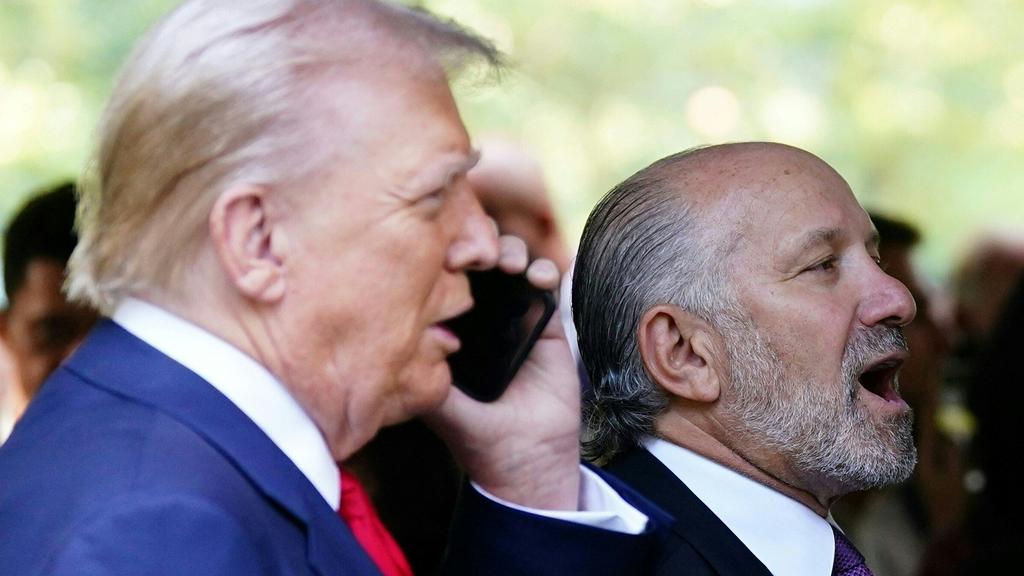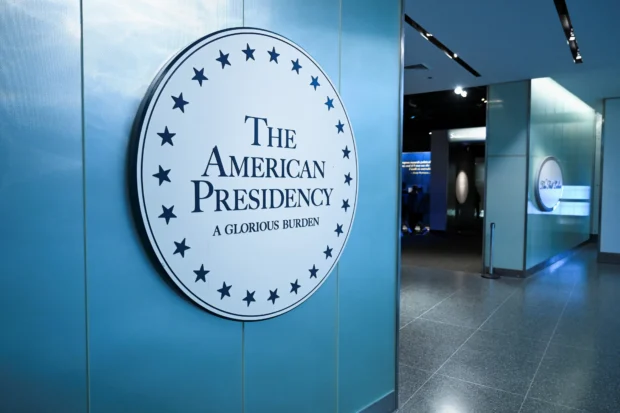
President-elect Donald Trump has announced plans to impose significant tariffs on imports from China, Mexico, and Canada, signaling a potential return to his aggressive trade policies from his previous administration. In a series of posts on Truth Social, Trump proposed a 25% tariff on products from Mexico and Canada and an additional 10% tariff on Chinese goods.
The proposed tariffs, which Trump claims will be among his first executive actions after inauguration on January 20th, have immediate economic implications. The Australian dollar experienced a sharp decline, and the Australian Stock Exchange (ASX200) dropped 0.73%, with bank stocks particularly affected.
Trump’s justification for the tariffs centers on two primary national security concerns:
- Fentanyl Trafficking
Trump highlighted the ongoing opioid crisis, citing the massive influx of illegally manufactured fentanyl into the United States. He criticized China for not effectively addressing drug trafficking, despite previous discussions about implementing severe penalties for drug dealers. - Illegal Immigration
The president-elect blamed unauthorized immigration and associated crime for the proposed tariffs on Mexico and Canada. He demanded that these countries take decisive action to stop what he termed an “invasion” of the United States.
International Reactions:
- China warned that “no one will win a trade war” and emphasized the mutually beneficial nature of economic cooperation.
- Canada argued that its relationship with the US is balanced and essential, particularly for American energy supply.
Economic Perspectives:
Economists have consistently warned that tariffs could potentially:
- Hinder economic growth
- Increase inflation
- Raise consumer prices
However, Trump’s advisors, including incoming Treasury secretary Scott Bessent, view tariffs as a strategic negotiating tool to:
- Encourage allies to increase defense spending
- Open foreign markets to US exports
- Secure cooperation on immigration and drug trafficking
- Deter military aggression
Trump’s commerce secretary designate, Howard Lutnick, has even suggested more extreme measures, supporting a 60% tariff on Chinese goods and a 10% tariff on all other imports.
Historical Context:
During his previous term, Trump pursued an aggressive protectionist trade agenda, particularly targeting China, Mexico, Canada, and Europe. His initial trade war with China involved significant tariffs on hundreds of billions of dollars of Chinese goods, justified by claims of unfair trade practices and intellectual property theft.
The proposed tariffs would impact the existing United States-Mexico-Canada Agreement (USMCA), a free trade deal renegotiated during Trump’s previous administration. Experts note that Mexico and Canada have limited leverage to resist these potential trade restrictions due to their economic dependence on the US market.
By invoking national security concerns, Trump appears to be utilizing a World Trade Organization mechanism that allows for exceptional trade measures. However, most international bodies consider such exceptions to be rare and not a routine trade policy tool.
The announcement signals a potential return to Trump’s confrontational international trade approach, raising significant questions about global economic relations and potential retaliatory measures from affected countries.
















Be the first to leave a comment